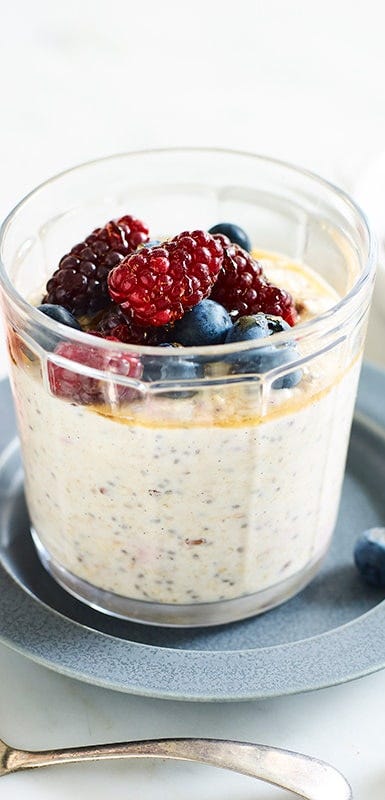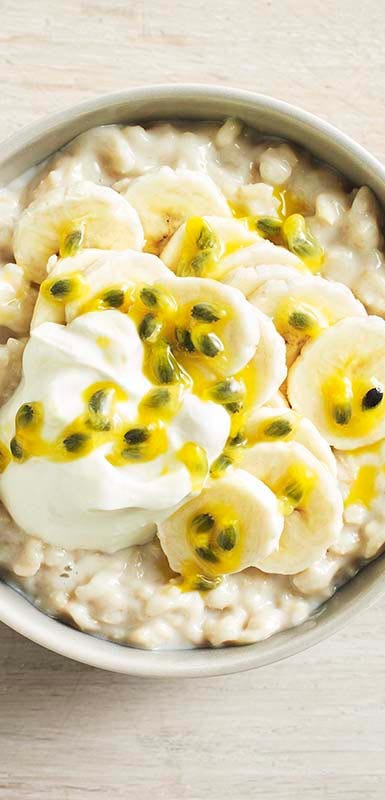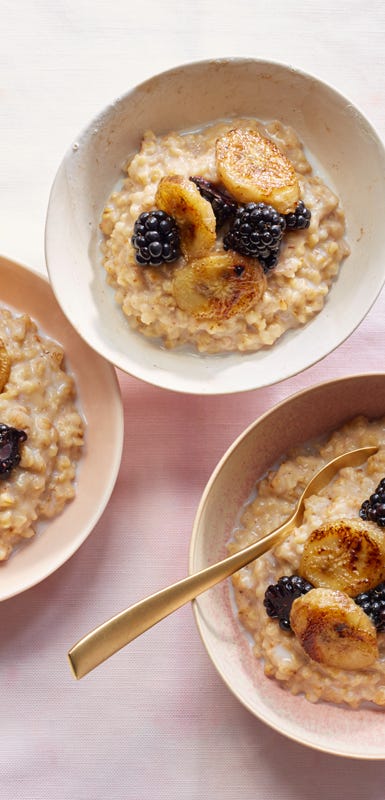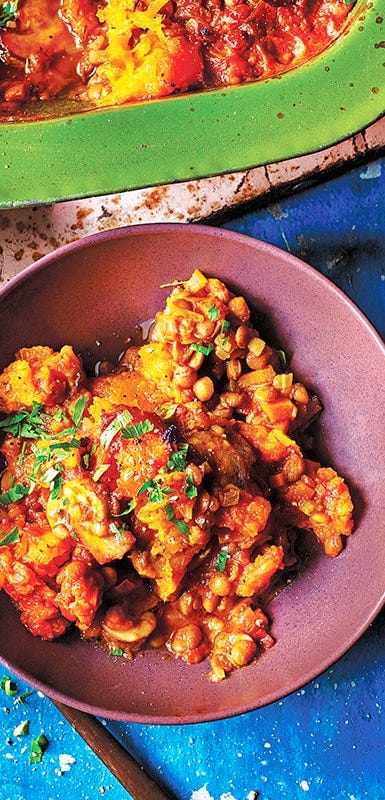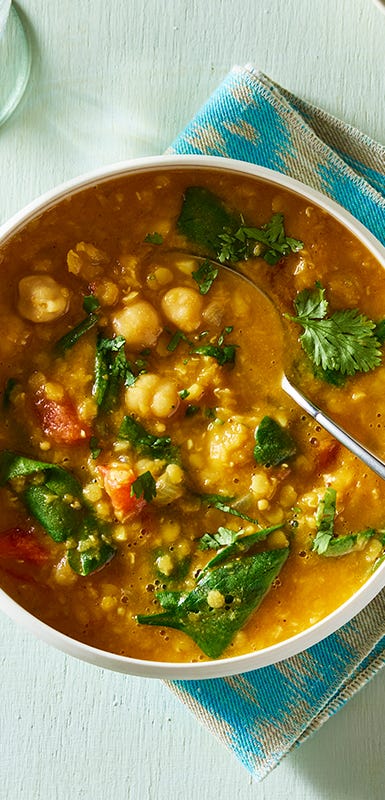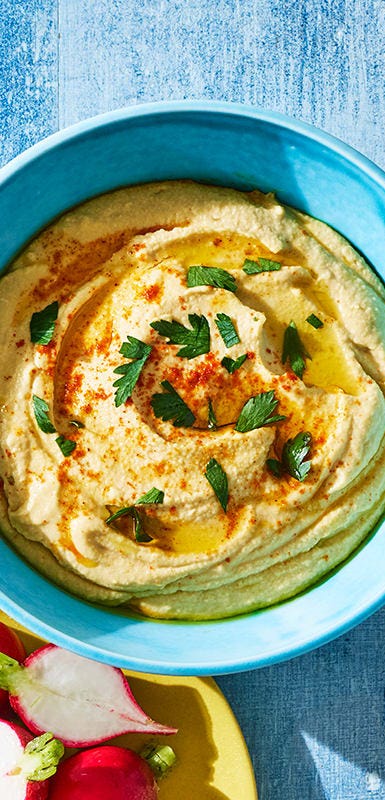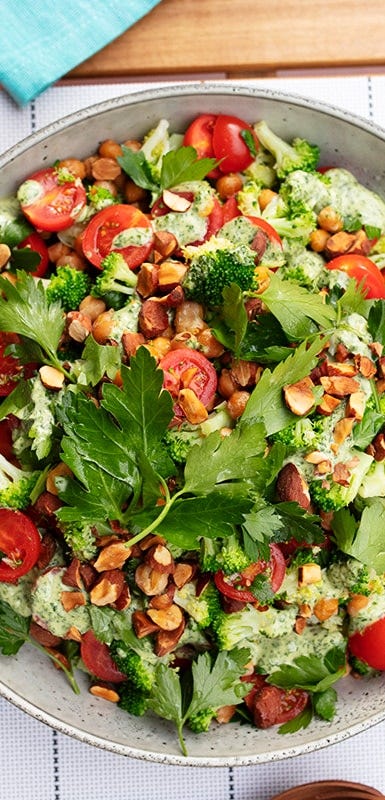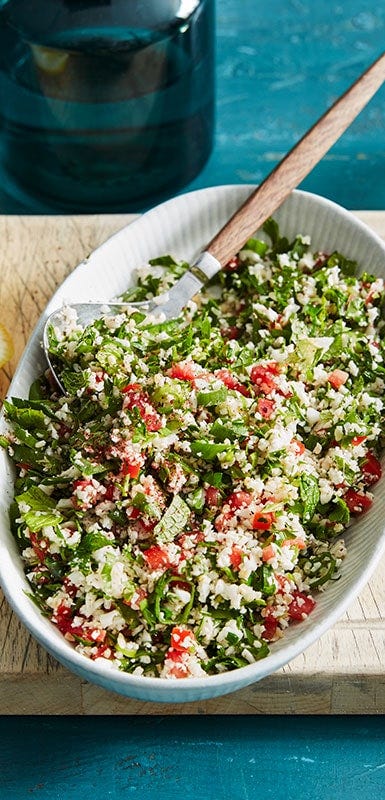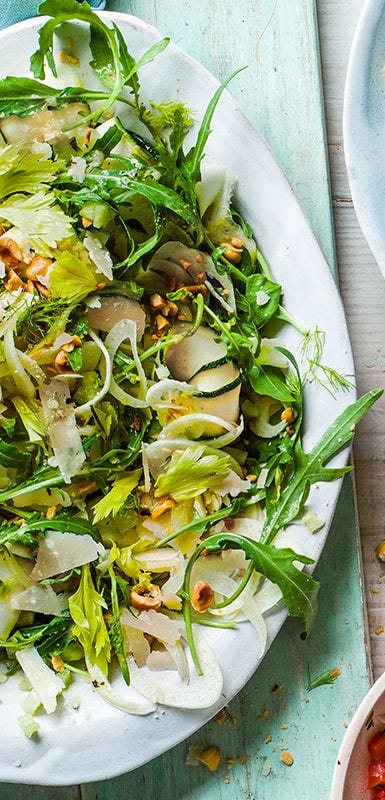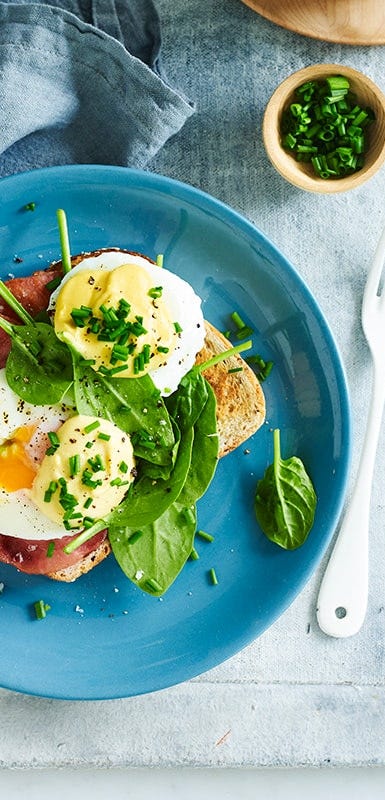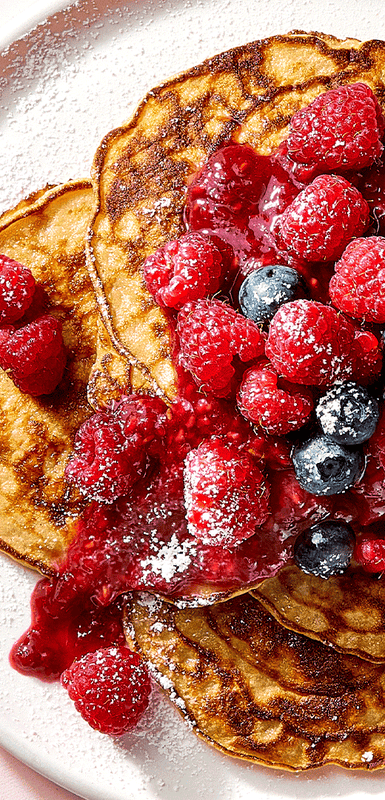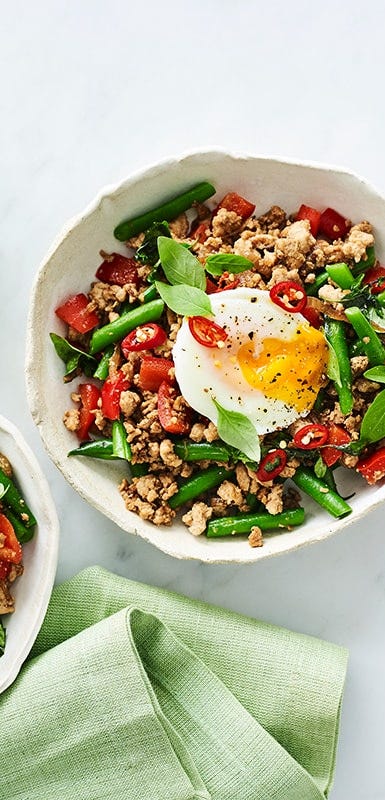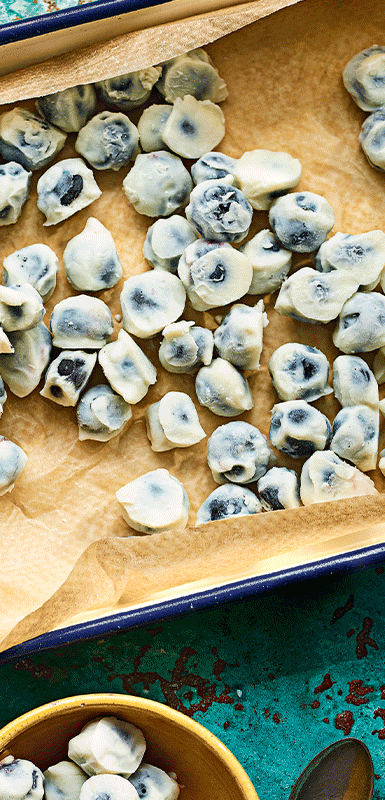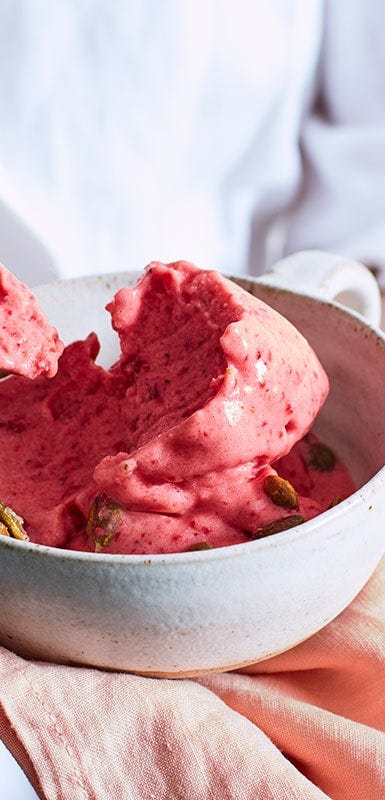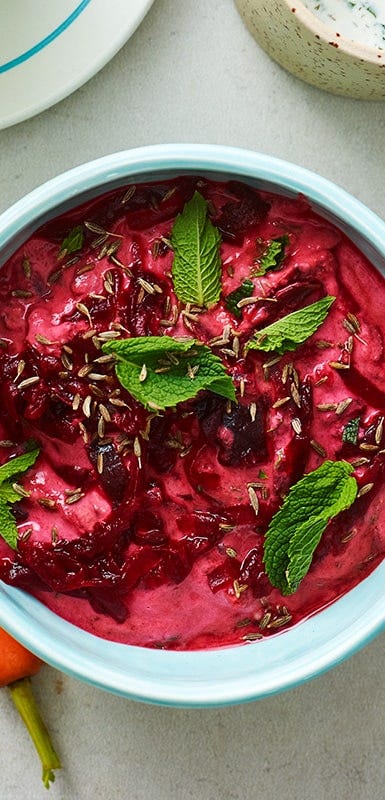10 super-filling foods to eat if you're always hungry
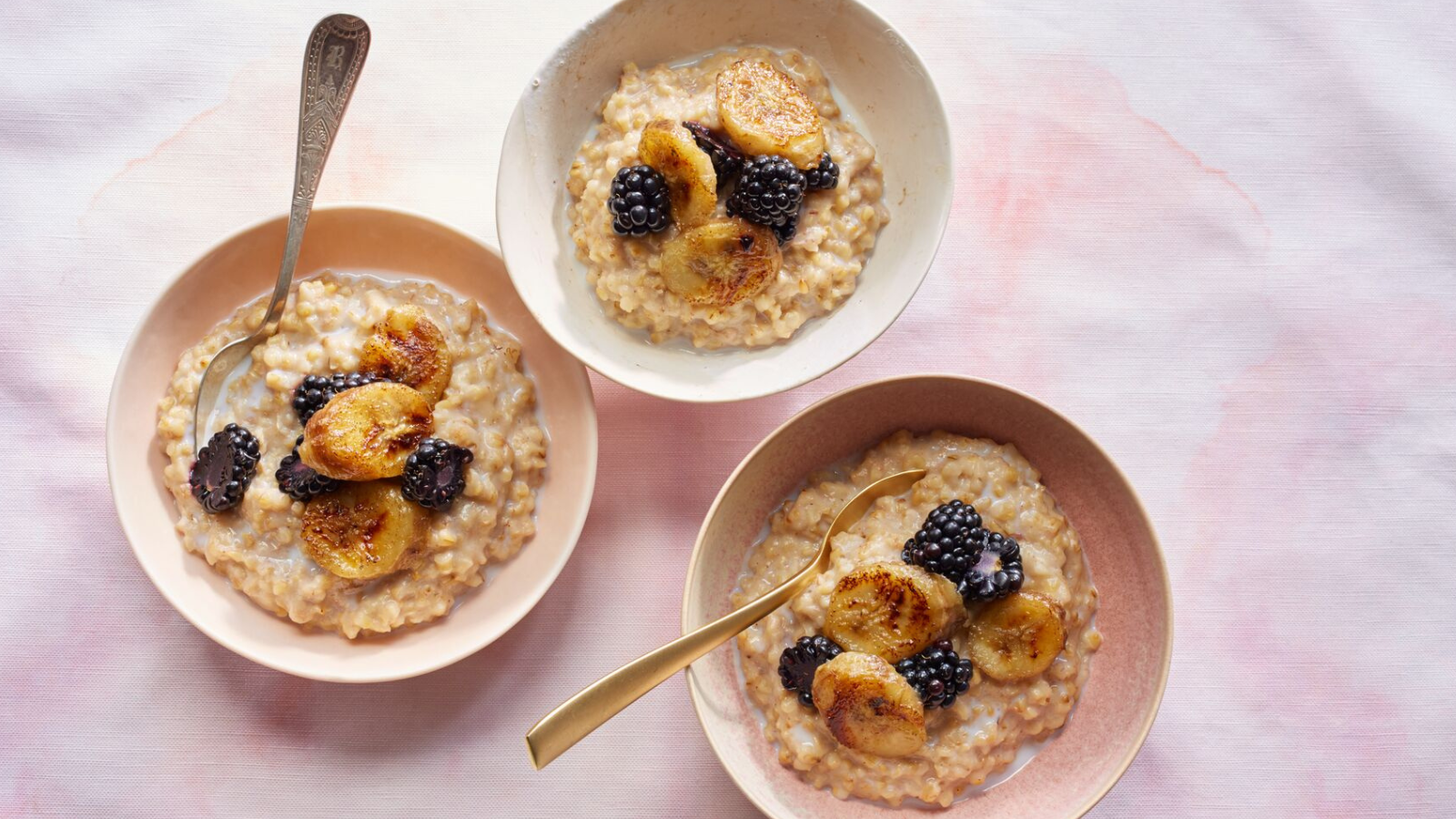

One of the most common myths about weight loss? That you need to feel hungry to make it happen. The truth is that deprivation is not only unsustainable, but it can also lead to overeating. That’s why staying satisfied is so important. And that means knowing which foods are most filling..
What to eat to stay full and lose weight
That feeling of satisfaction or fullness after eating is what’s known as satiety—and not all foods have the same impact. To understand how filling a food is, experts refer to something called the satiety index from the University of Sydney, which compares a 240-calorie (1,000 kJ) portion of 38 different foods. In general, high-scoring items (a.k.a. the most filling) have a few things in common:
- High in volume, meaning they have a lot of air or water, which can make portion sizes large.
- High in fibre and protein, “which both play a role in slowing digestion,” according to Michelle Cardel, Ph.D., RD, the senior director of global clinical research and nutrition at WeightWatchers®.
- Low in energy density, or in other words, delivers relatively few calories for its weight.
Not all of the most filling foods are nutrient-packed, but many deliver a fair amount of vitamins and minerals per calorie as well. Here is a list of foods worth adding to your meals and snacks—the best news is lots of them are ZeroPoint foods:
1. Oats
1 cup of cooked oats = ZeroPoint food*
Oats are rich in soluble fibre, a type of fibre that becomes gel-like when combined with liquid, says Wendy Bazilian, registered dietitian. Oats are thought to impact appetite-reducing hormones, which makes it more likely you’ll eat less. They also leave your stomach at a slower rate than simple carbs such as those found in desserts, for example. Studies suggest oats consumption may help lower body mass index (BMI) and body weight.
There’s one important caveat: Because soluble fibre needs liquid to thicken up, oats seem to be the most filling when they’re cooked in water or milk to make porridge. “A muffin or breakfast bar made with oats probably won’t have the same level of effect, since they don’t have as much water” Bazilian says.
2. Lean proteins
Skinless chicken breast, fish and shellfish: ZeroPoint foods
Studies have shown those who eat 25 to 30 per cent of their calories in the form of protein generally eat less and have an easier time maintaining or losing weight compared to those who eat 10 per cent or fewer of their calories from protein. While it’s common to be eating plenty of protein from meat, poultry, and eggs, many people fall short with getting enough protein from seafood, nuts, and seeds. Eating more of these kinds of protein-rich foods can help you get more fibre, unsaturated fat, and vitamin D.
3. Beans and legumes
Beans and legumes: ZeroPoint foods
Add beans and legumes like chickpeas, black beans, and lentils to your meals by tossing them into salads, using them in soups, or pureeing them into dips. Research has shown that incorporating these foods can boost satiety by an average of 31 per cent.
These small but mighty pulses are effective at promoting fullness. As complex carbohydrates, they provide a slow and steady release of energy. They are also rich in fibre and contain protein, which takes longer to digest, helping you stay more satisfied for longer. “It’s a slow, sustained release of blood sugar, which can lengthen satiety,” says Bazilian.
4. Non-starchy vegetables
Non-starchy veggies: ZeroPoint foods
Veggies like leafy greens, broccoli, cauliflower, asparagus, capsicums and celery have a low energy density. That means that they’re low in calories for their serving size—but because they’re high in water and fibre, they have more volume, which means they take up more space in your stomach. “If you choose foods that have a lower density of calories in each bite, you’ll get a bigger portion for your calorie needs,” says Barbara Rolls, Ph.D., professor of nutritional sciences in the United States.
Case in point: You’d have to eat more than 400 grams of cooked baby spinach to consume 100 calories, but you’d get the same amount of calories from just 1 tablespoon of butter!
5. Nuts
30 grams serve of mixed nuts = 5 Points
“Nuts and nut butters provide a trifecta of protein, fibre, and heart-healthy fats, all of which can help to support feelings of fullness,” Cardel says. And while the satiety index only looked at peanuts, scientists have found that walnuts and almonds excel when it comes to preventing hunger.
While portion sizes are smaller for nuts than they are for, say, fruits or veggies, they’re still worth incorporating into meals and snacks. Exhibit A is a 2021 study in the journal Nutrients, which found that participants felt more full after eating 40 grams of mixed nuts than they did after snacking on the same amount of pretzels. The nut eaters also displayed lower heart rates; a sign of a possible heart health boost. That said, both groups were on a controlled-calorie diet and lost the same amount of weight.
6. Eggs
Eggs: ZeroPoint food
Have them in the morning, and you just might feel fuller all day long. One study found that women with overweight reported that they consumed less food for up to 36 hours when they ate eggs for breakfast, compared to when they ate bagels.
This could be because eggs are packed with protein (one large 60 gram boiled egg delivers about 7 grams), which digests at a slower rate than carbohydrate-based foods and may help keep you satisfied for longer, says Bazilian. But that’s not all, one small study also suggests that eggs may suppress the production of the hunger hormone ghrelin, making you feel less hungry.
7. Greek yoghurt
99% fat-free plain yoghurt: ZeroPoint food*
200 grams of 99% fat-free Greek yoghurt delivers around 20 grams of protein, which can help curb hunger and keep you feeling fuller for longer. What’s more, it’s relatively high in water, so it adds volume in your stomach. Combined, those two things will help keep you more satisfied, Bazilian says.
Of course, not all yoghurts are created equal. Plain yoghurt is a better choice than flavoured ones, since it’s free from added sugars which, in excess, have been linked to increased risk for certain health conditions.
8. Brothy soup
Like non-starchy vegetables, soups have a low calorie density—all that liquid will help fill you up for relatively few calories, Rolls says. The key is sticking with broth or tomato-based soups instead of cream-based ones. Think minestrone or pumpkin soup. If your soup is a main part of a meal, add a source of lean protein like shredded chicken to give it even more staying power, Rolls says.
9. Fruit
All fruit: ZeroPoint foods*
Loaded with water and fibre, apples, oranges, bananas, and grapes all rated as above average on the satiety index. Plus, they’re versatile and easy to eat on-the-go.
For the maximum satisfaction per snack, Cardel recommends pairing your favourite piece of fruit with a source of protein, such as nuts or cheese. And if possible, consume it in whole fruit form—canned or frozen works too—rather than via fruit juice, which is fibre-free and, as a result, less filling.
10. Potatoes
1 plain medium baked potato: ZeroPoint food*
Rich in water and with 4 grams of fibre and 4 grams of protein per medium baked potato (with skin), this simple spud beat 37 other foods to score highest on the satiety index scale. In one study, participants who consumed 45 grams of potatoes reported feeling more satisfied and less hungry compared to those who ate the same amount of rice or pasta. “The skin of a potato contains fullness-supporting fibre, so be sure to eat the skin too, not just the flesh,” Cardel suggests.
The bottom line
Some foods are naturally more filling than others. In general, foods that are higher in fibre and protein—as well as those with more volume—will help you feel more full than other foods. By incorporating foods like fruit, nuts, lean proteins, and potatoes into your meals and snacks, you can up your satisfaction for longer.
*except for members following the Diabetes Program.

